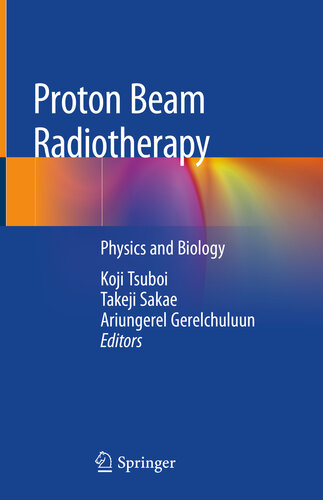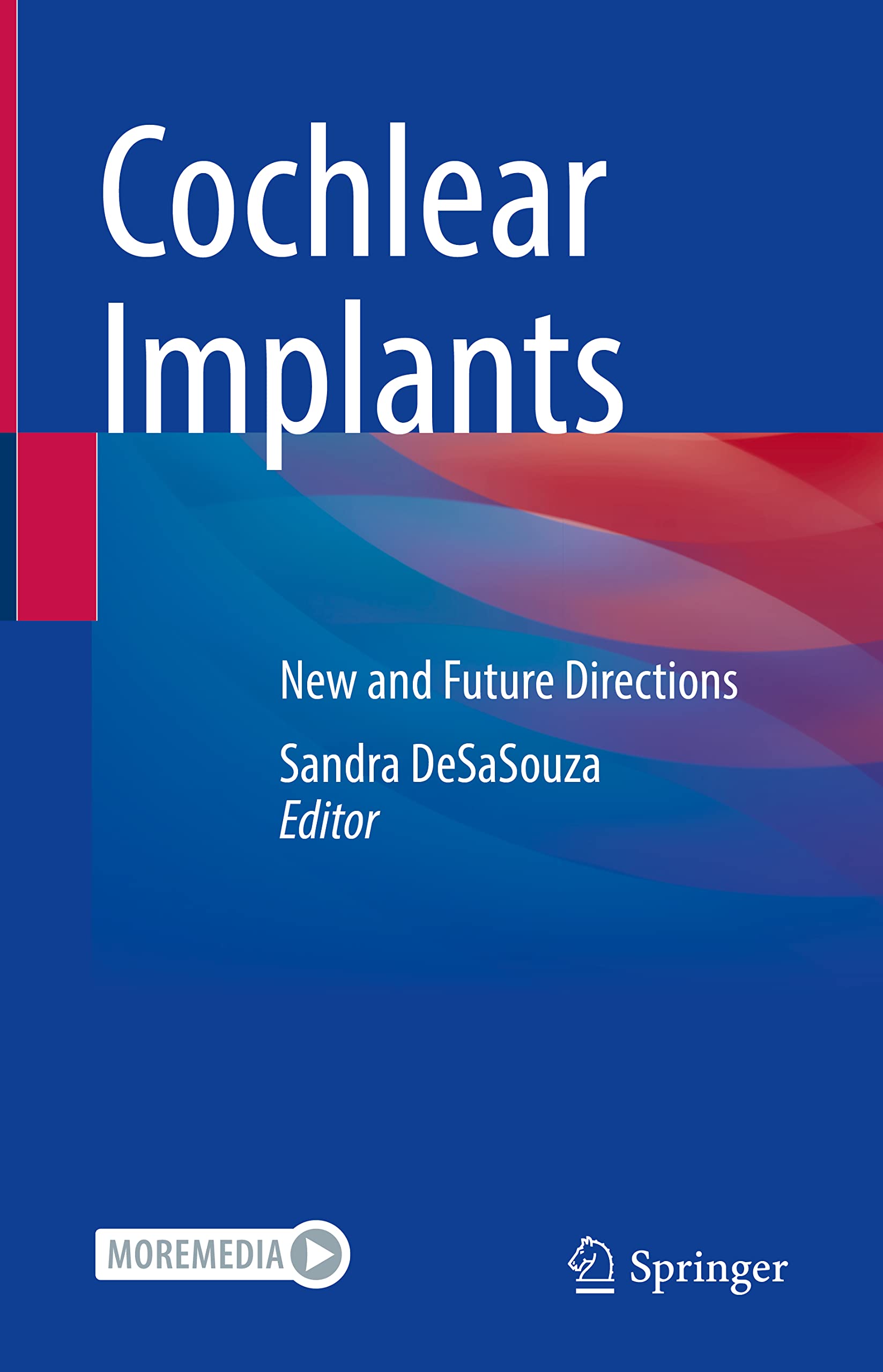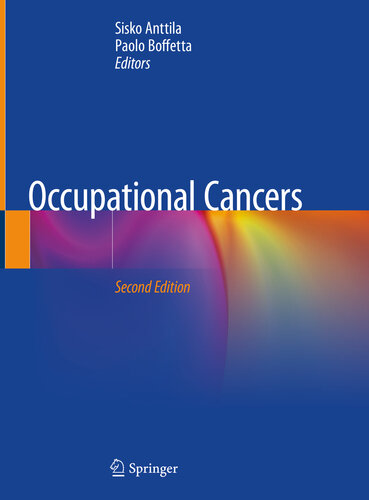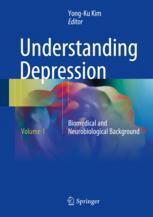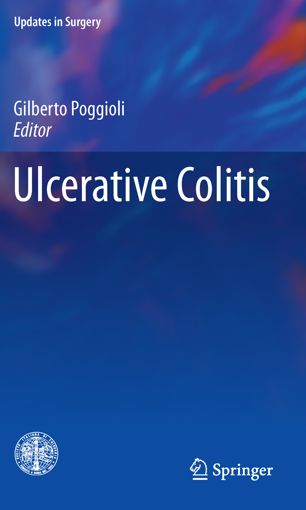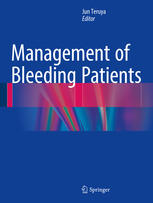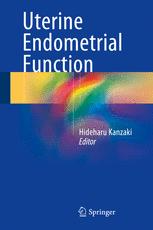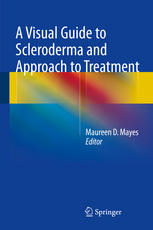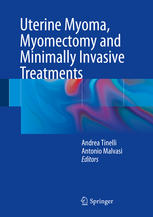پرتودرمانی پروتون: فیزیک و زیست شناسی ۲۰۲۰
Proton Beam Radiotherapy: Physics and Biology 2020
دانلود کتاب پرتودرمانی پروتون: فیزیک و زیست شناسی ۲۰۲۰ (Proton Beam Radiotherapy: Physics and Biology 2020) با لینک مستقیم و فرمت pdf (پی دی اف)
| نویسنده |
Ariungerel Gerelchuluun, Koji Tsuboi, Takeji Sakae |
|---|
| تعداد صفحهها |
235 |
|---|---|
| نوع فایل |
epub |
| حجم |
33 Mb |
| سال انتشار |
2020 |
89,000 تومان
معرفی کتاب پرتودرمانی پروتون: فیزیک و زیست شناسی ۲۰۲۰
این کتاب راهنمای جامع و کاربردی برای درک خواص فیزیکی و بیولوژیکی PBR ارائه می دهد. کاربرد پرتوهای پروتون در درمان سرطان های جامد در دهه گذشته به دلیل ویژگی های فیزیکی آنها گسترش زیادی یافته است، که این امکان را فراهم می کند تا دوزهای بالاتری از تابش را به ضایعات تنها با دوز پایین تر به بافت سالم اطراف تزریق کنیم. بر این اساس، درک جنبه های اساسی پرتودرمانی با پرتو پروتون، نه تنها دغدغه فیزیکدانان پزشکی و زیست شناسان پرتو، بلکه برای همه پزشکانی که در درمان سرطان با پرتوهای پروتون نقش دارند، است.
جنبه های کلیدی مورد بحث شامل پیشینه توسعه فناوری، سیستم تولید و ارسال پرتوهای پروتون، خواص فیزیکی، پیامدهای بیولوژیکی، دزیمتری و آینده است. چشم انداز هم در فیزیک پزشکی و هم زیست شناسی پرتویی از نظر درمان موثر سرطان. این کتاب با گردآوری مشارکت های کارشناسانی که اطلاعات واضح و دقیقی در مورد اصول اولیه پرتوهای پروتون ارائه می دهند، نه تنها برای فن آوران رادیولوژی، فیزیکدانان پزشکی، و پزشکان، بلکه برای دانشمندان پرتودرمانی سرطان نیز مفید خواهد بود.
This book offers a comprehensive, practical guide to understanding the physical and biological characteristics of proton beam radiotherapy. The application of proton beams to the treatment of solid cancers has expanded exponentially over the last decade due to their physical properties, which make it possible to administer higher doses of radiation to lesions with only a minimum dose to the surrounding healthy tissues. Accordingly, understanding the basic aspects of proton beam radiotherapy is a primary concern not only for medical physicists and radiation biologists, but also for all physicians involved in cancer treatment using proton beams.
The major aspects discussed include the technique’s development background, the generation and delivery system for proton beams, physical characteristics, biological consequences, dosimetry, and future prospects in both medical physics and radiation biology in terms of effective cancer treatment. Gathering contributions from experts who provide clear and detailed information on the basics of proton beams, the book will greatly benefit not only radiological technicians, medical physicists, and physicians, but also scientists in cancer radiotherapy.

